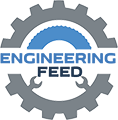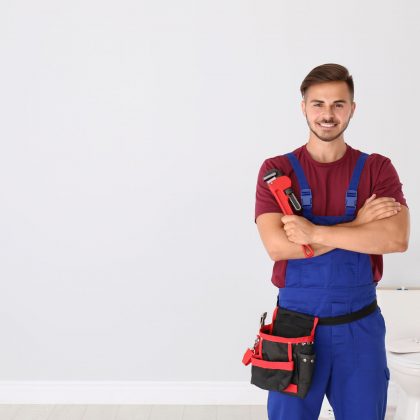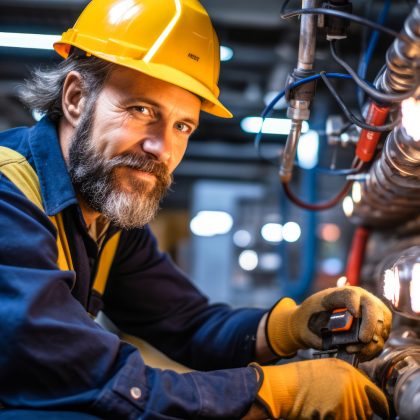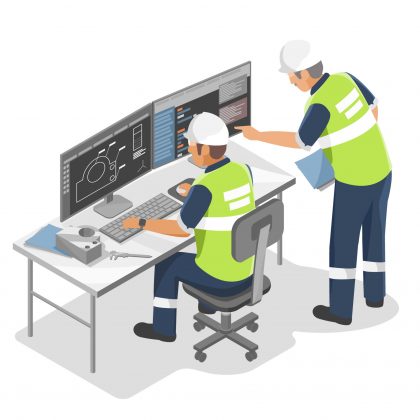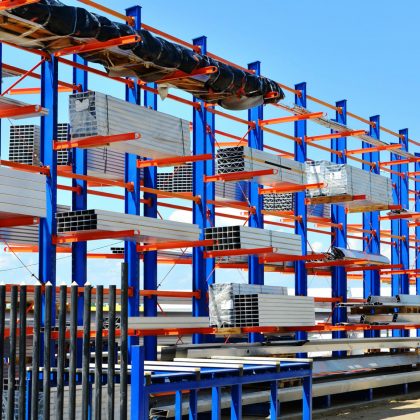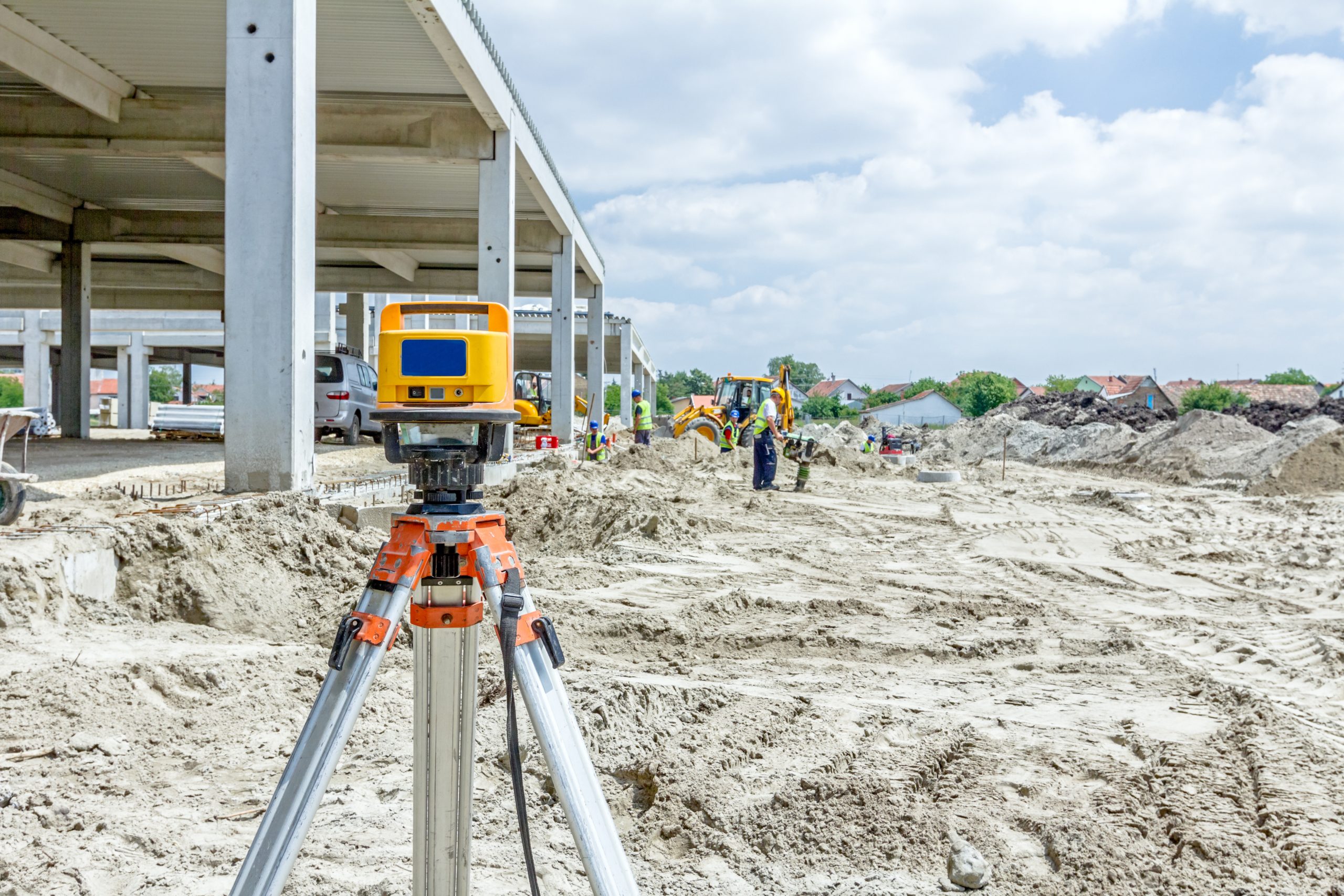
The laser level is valuable equipment in the construction sector because of its unparalleled levelling precision in alignment. As a result, it is essential in every construction toolset.
Although the value of a laser level cannot be overstated, selecting the most appropriate one extends beyond its use. For this reason, while determining which laser levels are suitable for your project needs, a variety of criteria must be considered. You can check out the data powertools website and the like to find the best options that are readily available in the market.
Below is a guide to help you learn more about laser level and break down the foundations of what makes a laser level essential in the construction industry.
What is a Laser Level?
A laser level is a device used in construction and surveying to identify levels and slopes, allowing for more precise surveying and site planning. It produces a field that indicates the level over a long distance.
There are various laser levels, each with its own set of features and capabilities built for a specific purpose. They can be used for everything from minor projects around the house to large construction site work. They are frequently employed to ensure precise work and follow the plans throughout the building process.
4 Fundamental Things You Must Know About Laser Levels
Construction laser levels are used in various applications, each with its scope of work. Some can be utilized for basic work, while others are more appropriate for more complex jobs. The following are the most important things you need to know about this device:
1. Applications Of Laser Levels
Laser levels are utilized in a wide range of applications where precise level measurements are required. Laser levelling is necessary for various tasks, including aligning and plumbing walls, levelling floors, and installing drop ceilings. This tool is also used to check window height, install the chair rails, and level the shelves.
And these basic surveying, masonry alignments, site layouts, evaluating land elevations, and creating grades are also made easier using this device.
2. Laser Level Types
There are three primary laser levels: line laser level, dot laser level, and rotary laser level. Depending on the application, each type has its use.
The first laser level is the line laser level, which emits horizontal or vertical laser lines onto surfaces within a 180-degree rotation. Precision levelling is essential when you’re working in a 360-degree environment. In other words, it can be applied in installing anything that extends the length of a room or from floor to ceiling.
Plumb laser levels or dot laser levels are the second type of level available. Depending on the work surface, it can provide a single or multiple-dot reference to aid operations when marking is only required in one dimension. These laser levels are the quickest and most accurate way to create markings or computations inside the same plane in which they have been placed.
A rotating laser level, or mechanically levelled laser, is the third kind. Rotating laser levels produce a 360-degree laser beam, making it possible for you to view the plane you’re working on. It is most commonly used in building construction to help define a foundation in relation to walls, which aids with plumbing tasks.
3. Accessories
Accessories for a laser level are meant to increase its versatility and functionality. The most important categories are mounting equipment, including tripods and brackets. Others include poles that of semi-professional to heavy-duty material.
Unlike tripods, which are regarded as more solid and flexible for any terrain, poles are utilized indoors. They make it considerably faster and easier to change levels between different heights.
The base of some poles is a tripod, whereas the base of other poles is pressed against the ceiling. Brackets can also be utilized when a laser level has to be mounted in a more specific location.
Another type of accessory is digital receivers. They are designed to precisely locate the position of rotating lasers equipped with red laser diodes that may be detected from a distance of several meters.
This high-tech piece of equipment may be mounted to a metal rod to simplify and improve the efficiency of the measuring procedure. The receivers may also be used as handhelds, enhancing mobility and convenience of use on the job site.
On the other hand, Beam-finders and targets are passive devices that improve the laser’s visibility. Beam-finders are glasses that enable you to see the beam, while targets reflect the beam to make it more visible. Their built-in magnet can be mounted on any flat surface or hung from a wall.
A detector can also be used to extend the range of a laser level’s beam. A level should have a Pulse Mode that modulates the beam at a specific frequency for a detector to work. Keep in mind that each color of the laser must be paired with a detector of the same color.
4. Features
When comparing and contrasting laser level systems, pay attention to the technical specifications. Accuracy measurements, self-levelling capabilities, and visibility ranges are the most important features for the construction industry.
Compact dot laser levels typically have a range of 15-20ft and an accuracy of 2-3mm at extended ranges. In contrast, the operating range of more extensive systems such as rotating laser levels can be as much as 150ft., with an accuracy variation of 4-5mm across that distance.
Another critical component that is sometimes overlooked on construction sites is laser-level design. Factors like mounting hardware and self-levelling capabilities are important considerations when determining which laser level is ideal for a specific application. Outdoor construction projects can benefit from self-levelling devices, levelling horizontally within 30-40 arc seconds.
Other features, like battery life, must also be considered. Long-term use of a laser level can be substantially affected by this feature. High-end laser levels can operate for up to 20 hours on a single charge depending on the battery design.
Conclusion
Using a laser level for the first time might be a little intimidating, especially when it comes to the terminology used. Always refer to the user manual before using a new device to ensure that you are aware of any potential safety issues.
Learning everything you need to know about laser levels enables you to use the level properly, maintain it, and ensure its safety. Having learned the basics of laser levelling, you can now confidently begin your construction work.
